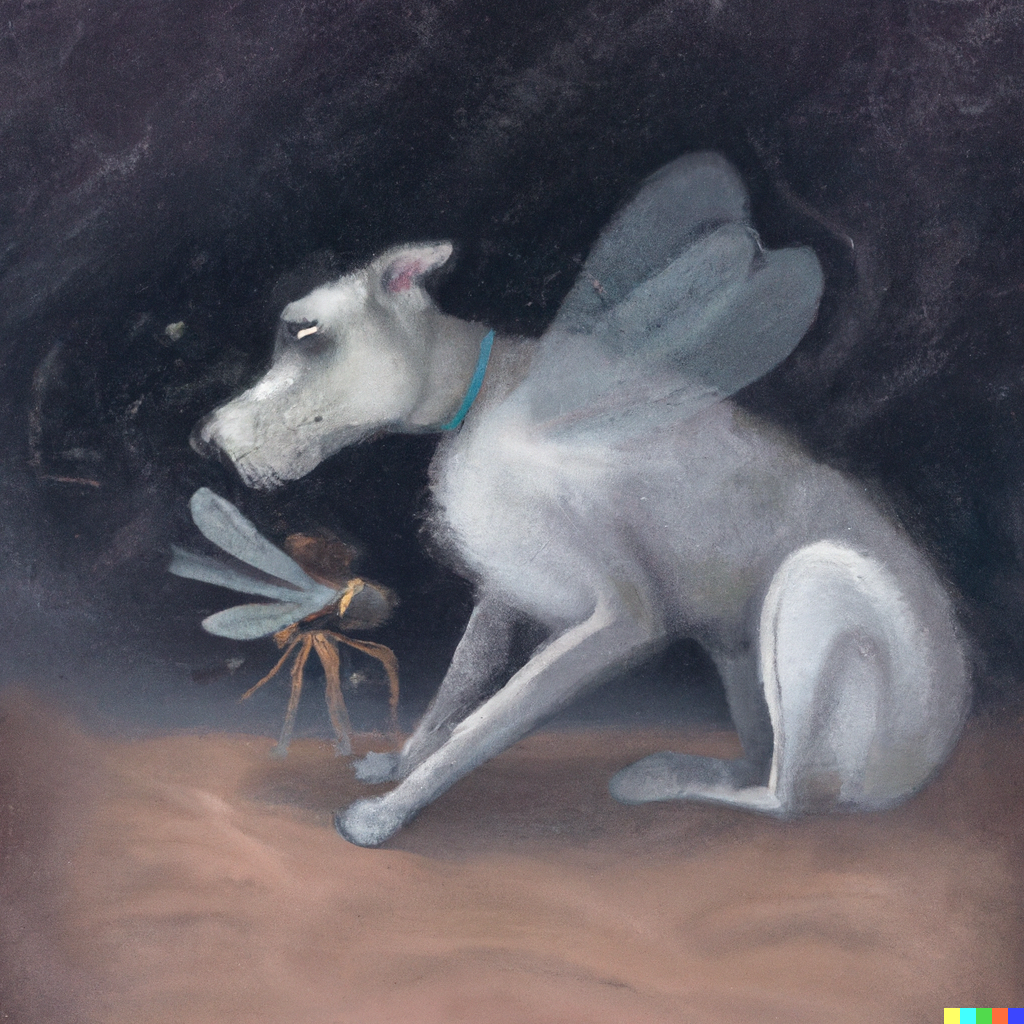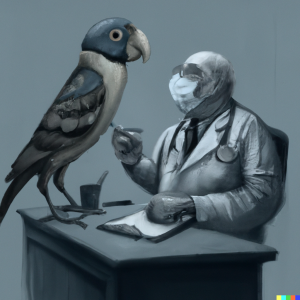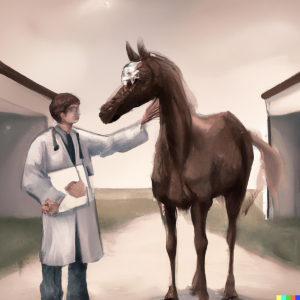
Understanding Leishmania: Public Health Implications and Advice for Pet Owners
Leishmania, a term that might sound foreign to many, is closer to home than you might think. This microscopic parasite, responsible for the disease known as Leishmaniasis, has significant public health implications and can also affect our beloved pets. Let’s dive deeper into understanding Leishmania and what you need to know, especially as a pet owner.
What is Leishmania?
Leishmania is a genus of trypanosomes, which are single-celled parasites. These parasites are transmitted to humans and animals by biting infected sandflies. Once inside the host, they can cause various symptoms, from skin ulcers to severe organ damage, depending on the type of Leishmania involved.
Public Health Implications
Leishmaniasis is more than just a single disease; it’s a group of diseases. The three main forms are:
- Cutaneous Leishmaniasis (CL) is the most common form, causing skin sores.
- Mucocutaneous Leishmaniasis (MCL): This affects the nose, mouth, and throat mucous membranes.
- Visceral Leishmaniasis (VL): Also known as kala-azar, this is the most severe form affecting vital organs.
Leishmaniasis is found in parts of about 98 countries, primarily in the tropics, subtropics, and southern Europe. And now, it’s showing up in the US.
It’s estimated that up to 1 million new cases occur worldwide annually. The disease can be fatal if not treated, especially the visceral form.
Implications for Pet Owners
Dogs are the primary domestic reservoir for Leishmania. This means that they can harbor the parasite without showing any symptoms and can be a source of transmission to humans. If you’re a dog owner in an area where Leishmaniasis is endemic, it’s crucial to be aware of the risks and take preventive measures.
What Can Pet Owners Do?
- Regular Vet Check-ups: Regularly take your pet for veterinary check-ups, especially if you notice unusual symptoms like skin sores or weight loss.
- Protective Measures: Use insect repellent, protective collars, or spot-on treatments effective against sandflies.
- Keep Pets Indoors at Peak Times: Sandflies are most active during dusk and dawn. Keeping your pets indoors during these times can reduce the risk of getting bitten.
- Stay Informed: Be aware of the prevalence of Leishmaniasis in your area or any area you might be traveling to with your pet.
Relevant Resources:
- World Health Organization (WHO) on Leishmaniasis
- Centers for Disease Control and Prevention (CDC) on Leishmaniasis



